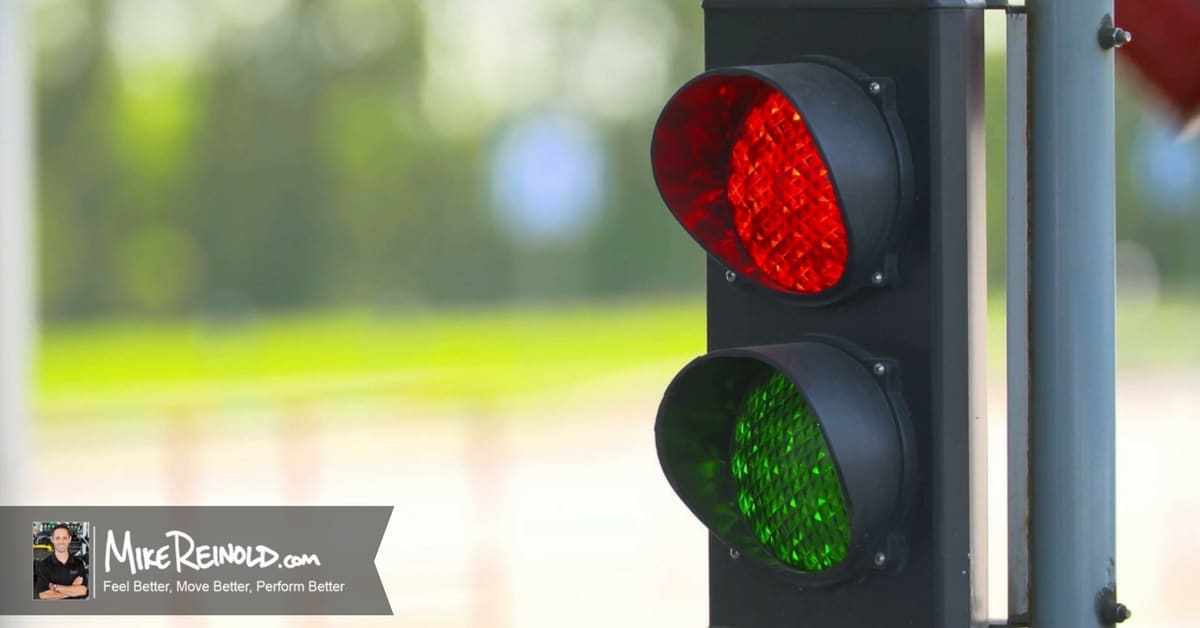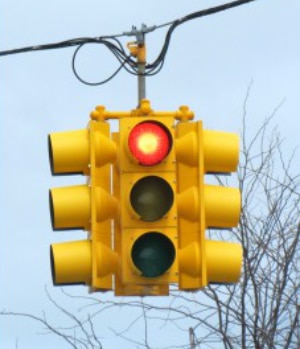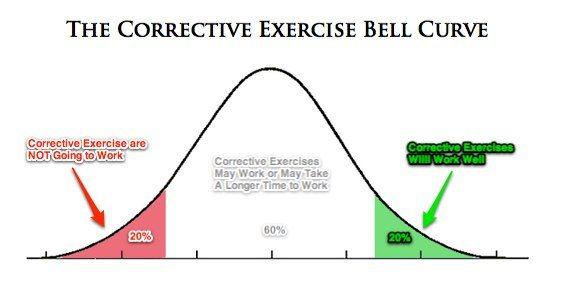Over the last couple of decades, our professions have made great strides towards moving towards evidence-based practice. As our understanding of the body and principles behind our professions expand, it is imperative we seek out evidence behind our exercises and manual therapy techniques so that we provide the best services as fast and safe as possible.
However, I am seeing a trend too far along the curve towards evidence-based practice that I am not sure is good or bad. I feel like I have heard so many people arguing against a technique just because it has lack of evidence suggesting efficacy.
We have created this “paralysis-by-evidence” situation where some people think you can’t do anything unless it has strong evidence suggesting it is effective. This approach is challenging and ultimately unrealistic.
What is Evidence-Based Practice?
I have felt many times on social media that some people have forgotten the three components to evidence-based practice:
- Best available evidence
- Clinicians experience, knowledge, and skills
- The patient’s wants and needs
As you can see, “best available evidence” is only one component of evidence-based practice.
Far too many times, especially in the physical therapy world, we are forcing “evidence-based physical therapy” on our patients based solely on best available evidence, instead of providing them with the service they originally came to see you for, which is to simple to “feel better.” I am not talking about a situation with a pharmaceutical effect and potential serious adverse reactions, I am talking more about some of our exercises and manual therapy techniques that will at best make people feel better and at worse do nothing.
Now before you begin your criticisms, please continue to read the rest of this article. You should at all times base your practice on evidence.
However, what do you do when there is lack of evidence?
The Evidence-Based Practice Light System
When I teach students and young clinicians how to begin integrating evidence based practice, I always begin discussing what I call the evidence-based practice light system. Using this system, it becomes clear very quickly what techniques you should absolutely perform and not perform.
- Red Light = Stop. If there is strong evidence by quality randomized controlled trials suggesting a safety concern or lack of efficacy, then you should find an alternative approach that may be more advantageous.
- Yellow Light = Proceed, but with caution. When there is conflicting information, or there aren’t enough quality studies examining the effect you are assessing, then you must proceed with caution. In this scenario, perhaps there are some low quality studies (like a case study or publication without strong methodology) that show efficacy, or maybe even some conflicting results in the literature without an overwhelming trend towards efficacy or lack of efficacy.
- Green Light = Go. If there is strong evidence by quality randomized controlled trials suggesting efficacy, then you can comfortable use this approach with evidence-based justification.
There are many great resources to search the available evidence on a technique in question, including published clinical practice guidelines, the APTA’s evidence based practice website, and performing your own literature review on PubMed.
How to Integrate Evidence Based Practice
Unfortunately, where do you think the majority of our techniques, assessments, exercises and other approaches fall into the evidence-based light system?
Yellow.
It is very hard to create a well controlled study assessing everything we do. I often see issues with groupings of people based on things like “shoulder pain” or “patellofemoral pain.” How do you define those? They are so broad there is no doubt that trying to assess efficacy of an intervention is going to be challenging. Or how about the flip side of that? The study that looks at “massage” for a certain pathology. How do you define “massage?” Would I do it different than you?
So a large amount of time we are going to have a lack of evidence, or conflicting evidence, suggesting an effect or lack of effect. In this scenario, you have to make the judgment yourself based on sound theoretical principles and experience.
That’s key. Sound theoretical principles and your experience.
If you do not have enough experience yourself, I am OK with you relying on the experience of an expert clinician. Just realize that the number of social media followers does not make you an expert, experience does. However, you should never be comfortable doing anything just because someone else told you that it was effective in THEIR experience. You should continue to carefully scrutinize the technique in your hands based on YOUR experience.
As new research is conducted and evidence becomes available, you will need to continually refine your techniques based on our current understanding of the evidence.
Base the foundation of what you do on green light principles. But in the meantime, don’t feel that everything needs to fall within the green light designation. Consider including techniques that fall within the yellow light designation if based on sound theoretical principles and your experience has shown positive outcomes.
Evidence Based Practice Light System – Photo by Kathera






